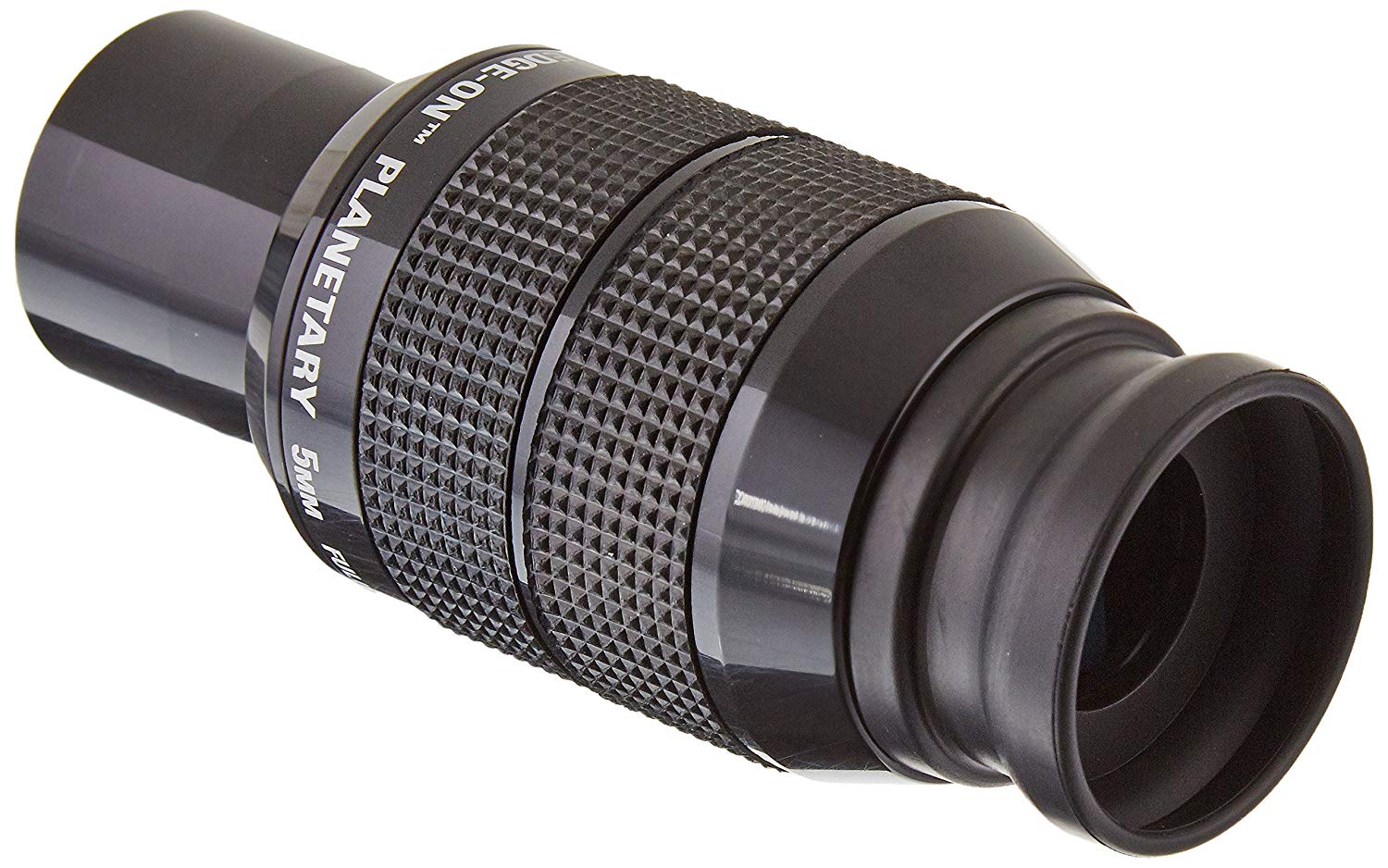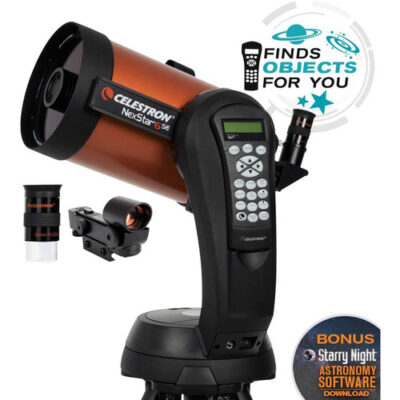

While the planets in the solar system require different telescopes and accessories for clear views, there are some common features to look out for. Some “GO TO”s let you choose a guided tour of the best celestial showpieces, complete with a digital readout describing what’s known about each object.Whether it's the phases of Venus, great storms in the Jovian cloud tops, or the enchanting rings of Saturn, there's so much variety to enjoy. Once you’ve entered the current date, time, and your location (and many newer models don’t even require you to do that), the scope can point itself to, and track, thousands of celestial objects. In the more advanced models of this type, often called “GO TO” telescopes, a small computer is built into the hand control. Some telescopes come with small motors to move them around the sky with the push of a keypad button. These tend to be larger and heavier than alt-az designs to use an equatorial mount properly you’ll also need to align it to Polaris, the North Star. A more involved mechanism, designed to track the motion of the stars by turning on a single axis, is termed an equatorial mount. Many reflectors come on an elegantly simple wooden platform, known as a Dobsonian, that’s a variation of the alt-az mount. On some mounts the scope swings left and right, up and down, just as it would on a photo tripod these are known as altitude-azimuth (or simply alt-az) mounts. Mounts designed specifically for telescopes usually forgo the single-screw attachment blocks in favour of larger, more robust rings or plates. Be aware that a tripod that’s good enough for taking your family snapshots may not be steady enough for astronomy. Many telescopes come conveniently packaged with tripods or mounts (see our Telescope Kits). Your telescope will need something sturdy to support it. Or, more precisely, they do stand still, but they appear to move across the sky as Earth rotates underneath you. Celestial objects don’t stand still for you to look at.


As a rule of thumb, your telescope should have at least 2.8 inches (70 mm) aperture - and preferably more.Ī larger aperture lets you see fainter objects and finer detail than a smaller one can. The aperture’s diameter (D) will be expressed either in millimeters or, less commonly, in inches (1 inch equals 25.4 mm). Look for the telescope’s specifications near its focuser, at the front of the tube, or on the box. The most important characteristic of a telescope is its aperture - the diameter of its light-gathering lens or mirror, often called the objective.


 0 kommentar(er)
0 kommentar(er)
